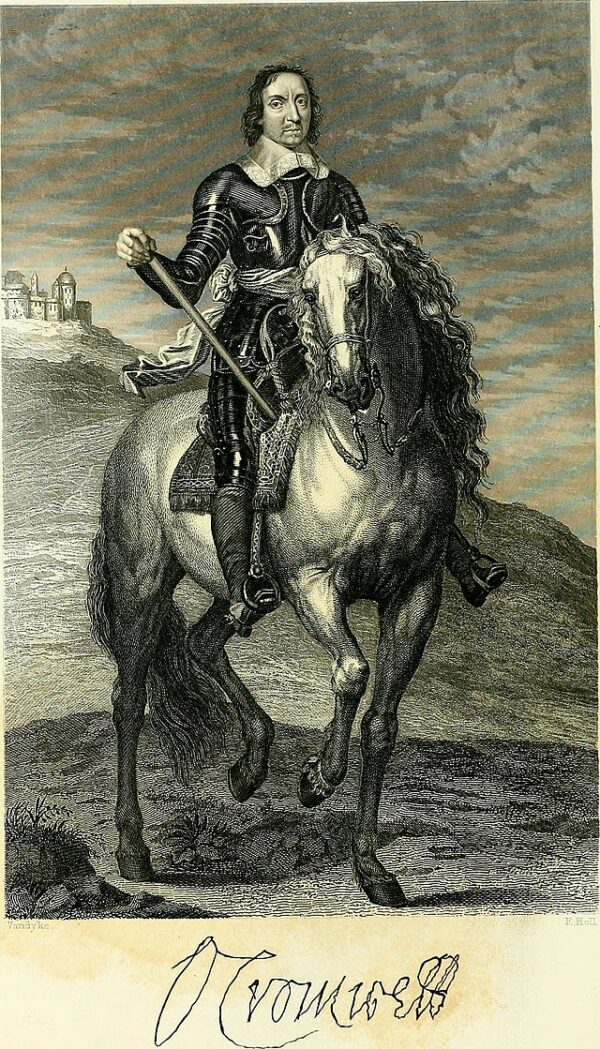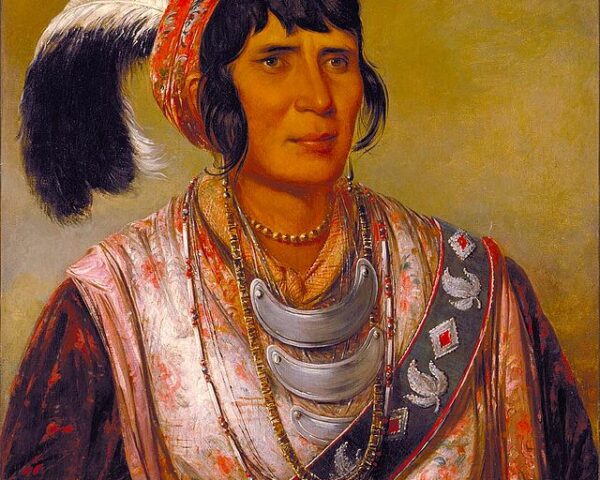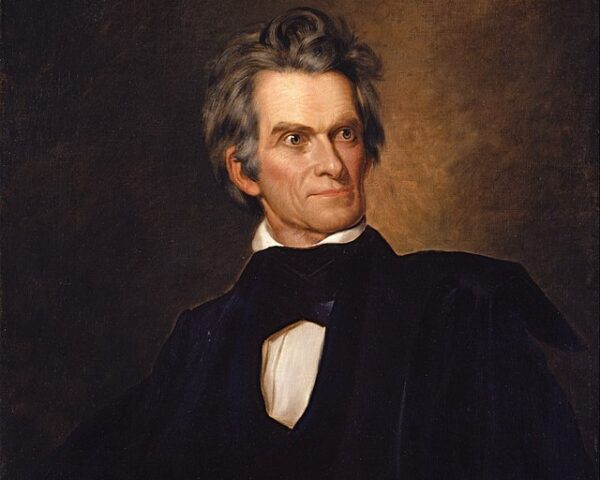On August 22, 1642, King Charles I, beleaguered and defiant, stood before his dwindling court and supporters on the windswept hill at Nottingham. That day, he ordered his royal standard raised—a symbolic gesture that declared open war upon his own Parliament. Though the flag itself soon toppled in the gusts, the act fixed the course of English history: the long-simmering constitutional conflict between monarch and Commons would now be fought with pike and musket.
The origins of this moment lay in years of accumulated distrust. Charles, ruling since 1625, had alienated broad swaths of the political nation through his insistence on prerogative rule, his reliance on controversial ministers such as the Earl of Strafford and Archbishop Laud, and his imposition of unpopular fiscal expedients without parliamentary consent. His eleven years of “Personal Rule” (1629–1640), during which he governed without Parliament, deepened the impression that the king preferred absolutism to England’s mixed constitution. Religious policy aggravated tensions still further: Charles’s support for high-church innovations appeared to Puritan sensibilities as a veiled return to Catholicism, anathema to a nation still scarred by memories of Mary Tudor and the Spanish threat.
The crisis sharpened with the Bishops’ Wars against Scotland (1639–1640). The king’s defeat forced him to recall Parliament, which promptly pressed grievances accumulated over a decade. The “Long Parliament” impeached Strafford, abolished prerogative courts, and curtailed royal authority. By 1641, with the Irish Rebellion breaking out and fears of “popish plots” rampant, the relationship between king and Parliament had collapsed into mutual suspicion. Charles’s ill-fated attempt to arrest five leading members of the Commons in January 1642 sealed his reputation as a monarch willing to employ force against his own legislature. Over the following months, both sides maneuvered for control of the kingdom’s armed forces and resources. Local militias, called “trained bands,” were contested, while towns and counties pledged allegiance either to king or Parliament.
By the summer of 1642, both camps recognized that compromise was unlikely. Parliament raised its armies under the command of the Earl of Essex, proclaiming its aim to defend the “true religion” and the liberties of England against royal tyranny. Charles, lacking a permanent standing army, called upon the loyalty of the gentry and nobility, hoping that traditional bonds of allegiance would provide him with men and money. Yet his appeals met a tepid response. Nottingham, where he chose to raise his standard, offered little enthusiasm. Contemporary accounts describe a dispirited scene: only a handful of local gentlemen, their retainers, and a modest crowd gathered. The royal proclamation, read aloud, promised protection for the Church of England and the monarchy, yet the numbers fell short of expectation. To many observers, the sudden fall of the standard in the high winds seemed an ill omen.
Despite the inauspicious beginning, the gesture was decisive. By erecting the standard, Charles formally declared those who opposed him rebels, thereby transforming a political quarrel into open civil war. The symbolism resonated: the king’s banner, emblazoned with the royal arms, proclaimed the sanctity of monarchy and the divine right of kings. To Parliamentarians, however, the act confirmed their worst fears—that Charles would never accept constitutional limits and intended to restore absolutism through force of arms.
In the weeks following Nottingham, both sides began raising troops in earnest. The first significant clash occurred at Edgehill in October 1642, an indecisive but bloody battle that revealed the conflict would not be resolved quickly. England was now divided: family against family, county against county, pulpit against pulpit. The Civil War that began with the fluttering of a royal flag at Nottingham would last for nearly a decade, drawing in Scotland and Ireland, and culminating in the unprecedented trial and execution of a reigning king in 1649.
Thus, the scene at Nottingham on August 22, 1642, though modest in its immediate scale, assumed enormous symbolic weight. It marked the irrevocable breakdown of negotiation and the commencement of a war that transformed England’s political landscape, ushering in questions of sovereignty, liberty, and the limits of monarchical power that would echo long beyond Charles I’s lifetime.






